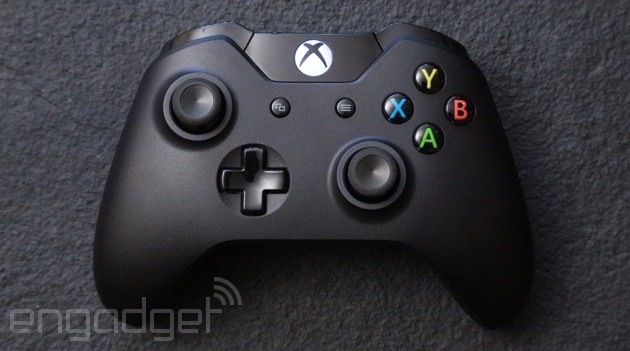If yesterday was Microsoft's day for announcing big news (read: a $2.5 billion acquisition),
today is the day it moves on to less pressing topics. The company's
hardware team just unveiled a few new accessories, including a wired Xbox One
controller for PC gaming, and a portable Bluetooth keyboard that can
pair with three different devices at once. Starting with the controller,
this is basically the same one
that already ships with the Xbox. In fact, because it comes with a
battery pack in the box, you could use it wirelessly with the Xbone, in
case you need a second controller. Heck, even the price is the same, at
$60. The only difference? It includes a USB cable, allowing you to play
on a Windows PC. Unfortunately, for now, at least, the controller can't
be used wirelessly with a PC. Then again, the last-gen Xbox 360
controller started as wired-only, but later got a dongle, allowing you
to use it wirelessly with Windows machines. So maybe Microsoft will
follow a similar timetable with the Xbone.
Showing posts with label Pc. Show all posts
Showing posts with label Pc. Show all posts
Tuesday, 16 September 2014
Sunday, 6 July 2014
The evolution of the PC: A decade of design
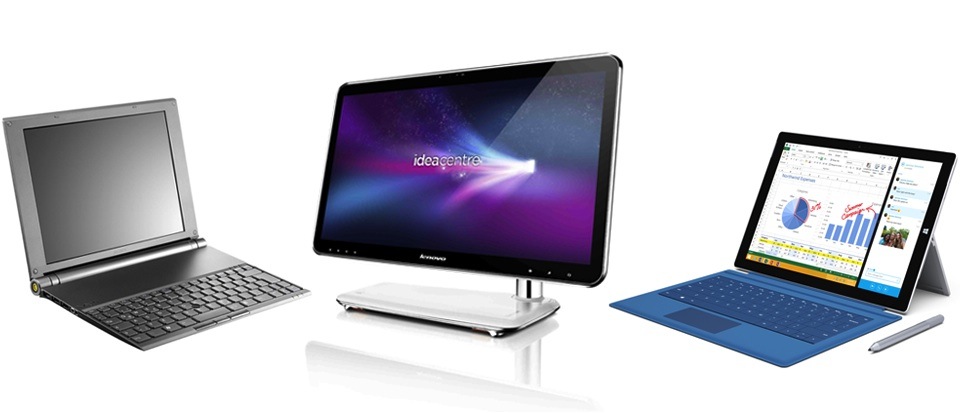
That state of affairs didn't last for long, though. Netbooks briefly took over the world, bringing tiny laptops to the masses. Ultrabooks proved that slim machines could still be powerful. And just about the entire PC market has had to confront the rise and domination of touchscreen-enabled mobile devices like smartphones and tablets. In short, it's pretty remarkable how much of a difference 10 years can make in tech.
2004: Sony VAIO X505
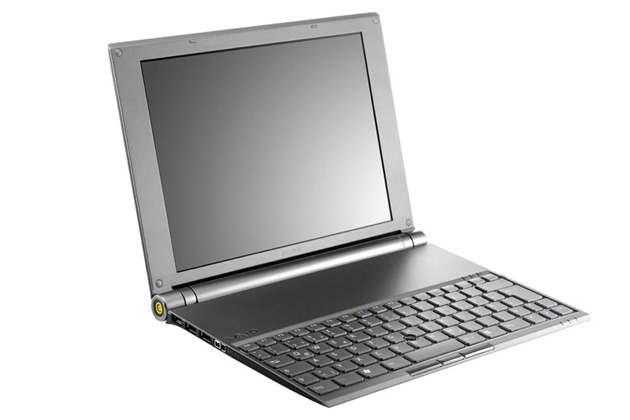
Sony didn't realize it at the time, but it was laying the groundwork for the next decade of laptops with the VAIO X505. The 10-inch system was so featherlight and slender that it was easy to take anywhere, much like a netbook or Ultrabook. If it weren't for the astronomical $2,999 price tag, it's possible it could have started a mobile-computing revolution.
2005: IBM ThinkPad T43
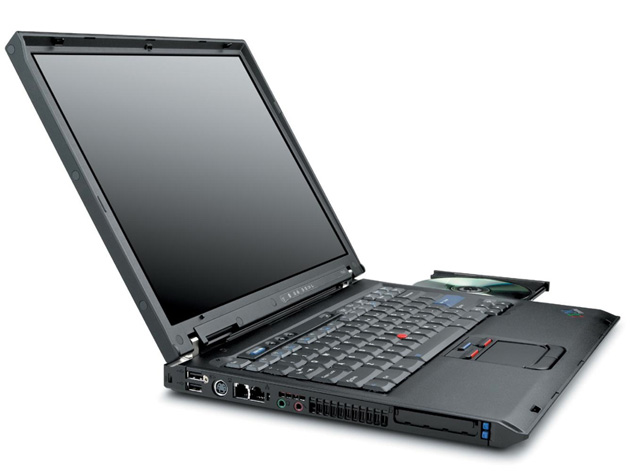
The ThinkPad T43 was the swan song for an era of computing when laptops were mostly for globe-trotting professionals. One of the last PCs to bear the IBM name before Lenovo closed its acquisition of IBM's PC business, it represented everything good about the ThinkPad badge: It was fast, well-built and relatively easy to carry in a briefcase.
2006: Dell XPS 700
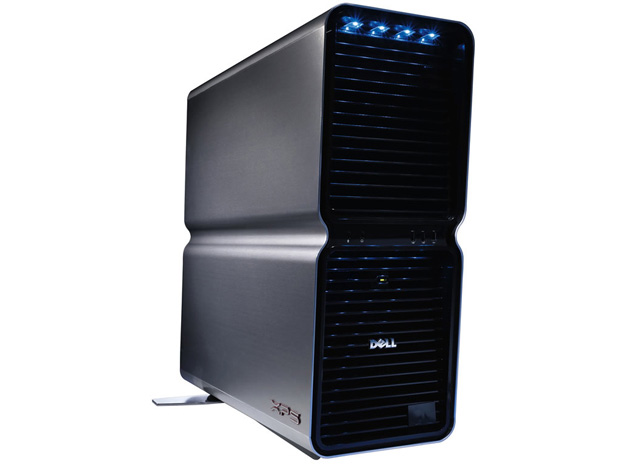
Dell had built up a reputation for high-performance PCs well before 2006, but the XPS 700 was the system to own that year if you wanted a gaming desktop from a major brand. Its aggressive design still holds up today, and it was often as powerful as custom-built rigs. It was a dream machine at a time when you still needed a giant tower for serious online gaming.
2007: ASUS Eee PC 701
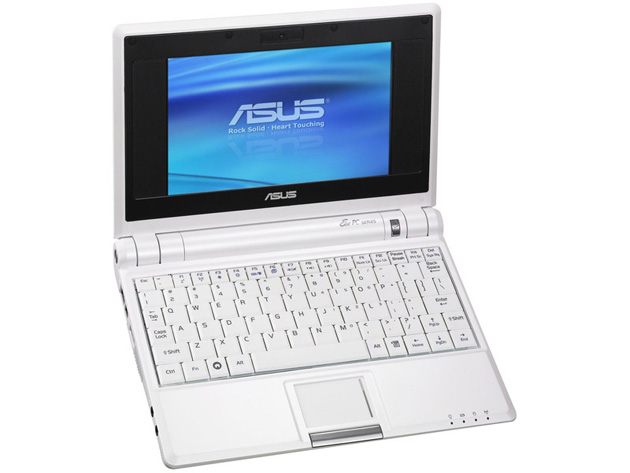
The Eee PC 701 marked the official start of the netbook craze, which lasted until the iPad's arrival in 2010. Its screen, speed and storage were very modest even when new, but it showed that you didn't need a big, expensive portable just to check your email at the coffee shop.
2008: Apple MacBook Air
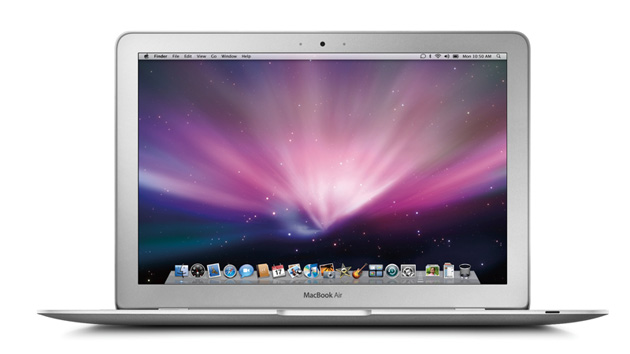
The archetypal Ultrabook. While it wasn't without its quirks, the MacBook Air successfully bridged the gap between ultraportables and full laptops. It was fast enough for most tasks, yet light enough that you'd hardly notice it in your bag.
2009: HP Firebird
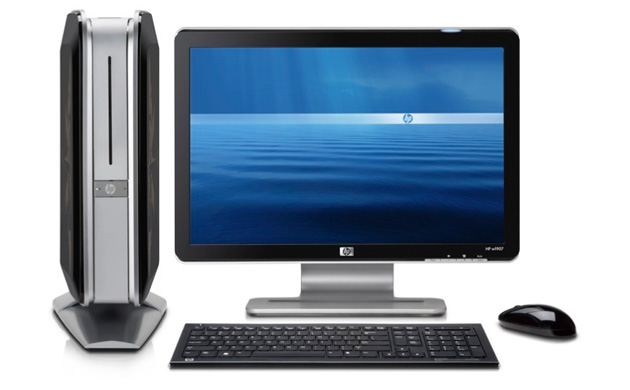
While HP's Firebird line wasn't perfect by any stretch, it showed how efficient desktops had become. You could get a reasonably quick, ready-made gaming PC that both looked good and didn't swallow up too much surface area. It's arguably the prototype for the small-yet-strong Steam Machines that would follow five years later.
2010: Lenovo IdeaCentre A300
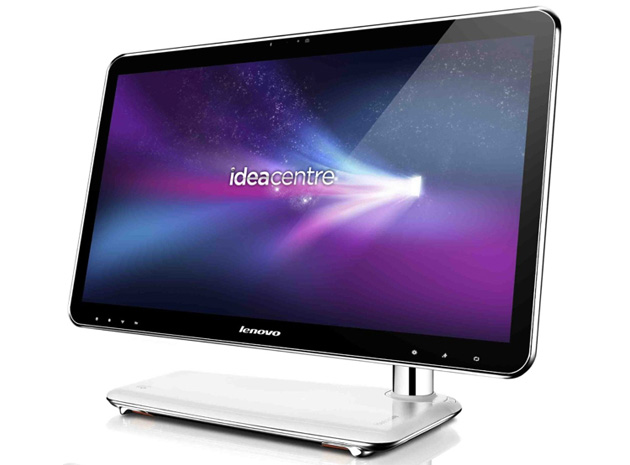
Although the iMac is virtually synonymous with all-in-one computers, Lenovo's sleekly designed IdeaCentre A300 was proof that Apple didn't have a complete lock on the category. Rather than glom the computer on to the A300's back, Lenovo tucked it away in the base. The result was a relatively subtle, stylish desktop that looked right at home in just about any environment.
2011: Samsung Chromebook Series 5
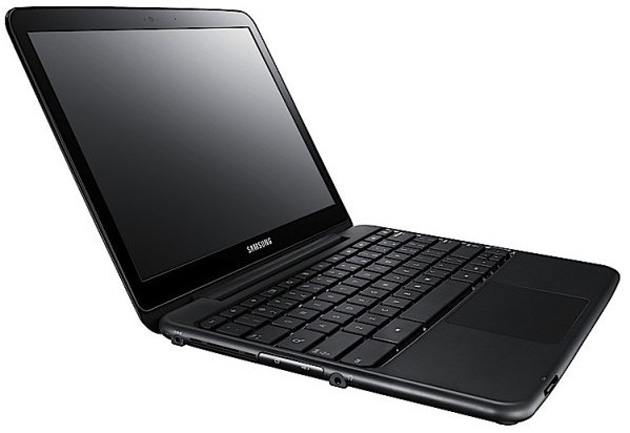
Unlike the other PCs here, the Chromebook Series 5's real revolution was its software -- with Chrome OS, both Google and Samsung were betting that you only needed a web browser for most of your day-to-day computing. That was optimistic on a slow, Atom-based machine circa 2011, but the Series 5 helped launch a wave of stripped-down, affordable laptops that could do a lot without relying on conventional apps.
2012: Apple MacBook Pro with Retina display
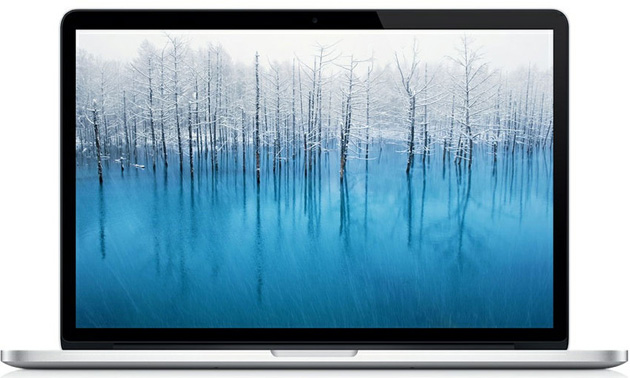
Apple's 2012 MacBook Pro redesign was just an iterative upgrade in some ways, but it was also a bellwether for where laptop design would go. It wasn't just that extra-sharp Retina display that turned heads; this was also one of the first high-end, full-size laptops to ditch optical discs and hard drives in the name of both an easier-to-carry body and faster, flash-based storage.
2013: Acer Aspire R7
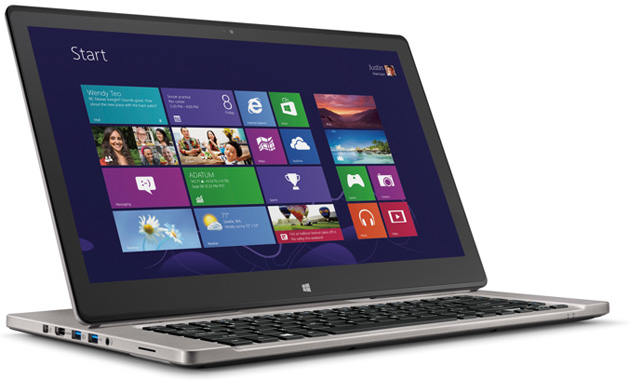
Windows 8's touch-friendly interface prompted a flood of PCs that tried to be everything to everyone, and that's epitomized in Acer's one-of-a-kind Aspire R7. Depending on how you adjusted its multi-hinged display, the R7 could serve as a desktop, laptop or tablet. It wasn't especially good at any of these, but it revealed how eager PC makers were to keep you from buying mobile tablets.
2014: Microsoft Surface Pro 3
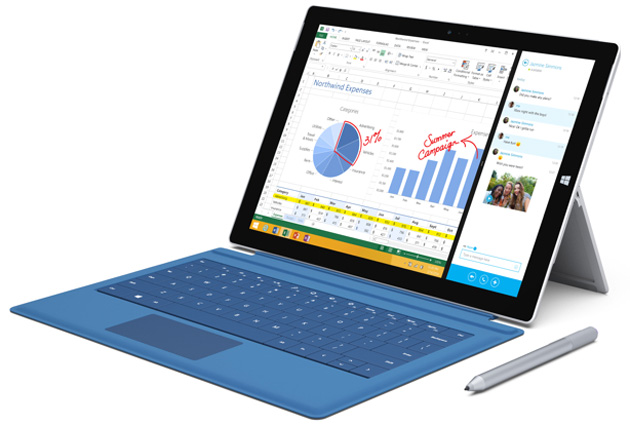
If you want a system emblematic of the changes to PCs in the past 10 years, you only need to look at Microsoft's latest flagship device, the Surface Pro 3. So long as you get its (practically mandatory) keyboard cover, it blurs the lines between tablet and laptop -- it's as useful for watching movies on the couch as it is for serious media editing at your desk.
Thursday, 13 March 2014
LaCie ships world's fastest portable external storage unit

LaCie, which is now part of the Seagate house, has released a new version of its Little Big Disk storage unit that's claimed fast enough to enable simultaneous plug-and-play RAW 4K video editing and display. The device boasts a terabyte of onboard storage, two Thunderbolt 2 ports, and near silent dual cooling performance.
LaCie says that the Little Big Disk's interior design has been optimized to improve cooling efficiency, adding two aluminum heat-sink plates to help reduce the unit's dependence on the integrated thermoregulated, whisper quiet fan. It features two 500 GB PCIe Gen 2 SSDs in a RAID 0 configuration (which can be configured to RAID 1 or JBOD if desired), and two Thunderbolt 2 ports for interface transfer rates of up to 20 Gb/s.
The company is claiming transfer speeds of up to 1,375 MB/s (read) and 1,180 MB/s (write), and connecting two storage units in parallel to the new Mac Pro is said to boost transfer speeds up to 2,600 MB/s. Up to five units can be daisy-chained (plus a 4K monitor on the end of the chain), and the drive unit will work with first-gen Thunderbolt technology, that first arrived on the company's Little Big Disk in 2011.
Though described as portable due to its 1.6 x 5.5 x 3.3 in (40 x 140 x 85 mm) dimensions and weight of just 1.4 lb (620 g), the new Little Big Disk, which includes AES 256-bit software encryption to help keep your data safe, will still require users to be near a 110/240 V power outlet to run the storage unit.
The Little Big Disk Thunderbolt 2 is available in 1 TB SSD capacity for a suggested starting price of US$1,299.99.
Monday, 3 March 2014
Chrome OS may soon let you run multiple profiles at once
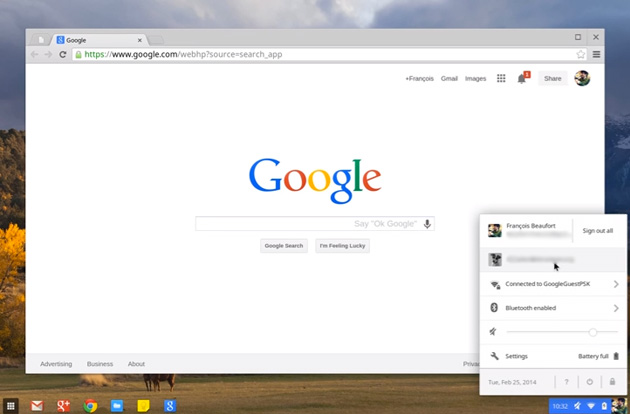
If you have a Chrome OS system, you know it can be a hassle to sign out just so that someone else can borrow the computer for a few minutes. That may not be an annoyance for much longer, though. A new developer version of Chrome OS includes experimental code for running multiple profiles at once; after others sign in, you can switch between users at the drop of a hat. You can even send windows to different profiles. There's no certainty that Google will bring multi-account support to a polished Chrome OS release, but those willing to take some risks can switch to the Dev channel to try the feature today.
Saturday, 8 February 2014
How to use a PS4 DualShock 4 to play PC games



 When Sony first announced that theDualShock 4 would work with Windows, PC gamers across the internet cheered in unison. Unfortunately, it’s not exactly a plug-and-play situation quite yet. While it’s true that the PS4′s controller is recognized by Windows right out of the box, existing games don’t automatically work with the new gamepad. Thankfully, there is an open source application available that maps the DualShock 4′s controls directly to Microsoft’s XInput API — effectively tricking games into thinking you’re using an Xbox 360 controller.
When Sony first announced that theDualShock 4 would work with Windows, PC gamers across the internet cheered in unison. Unfortunately, it’s not exactly a plug-and-play situation quite yet. While it’s true that the PS4′s controller is recognized by Windows right out of the box, existing games don’t automatically work with the new gamepad. Thankfully, there is an open source application available that maps the DualShock 4′s controls directly to Microsoft’s XInput API — effectively tricking games into thinking you’re using an Xbox 360 controller.
To get started, head on over to the PCSX2 forum, and grab the latest version of DS4Tool. Unzip the folder, and stash it somewhere memorable. Inside the DS4Tool folder, navigate to the “Virtual Bus Driver” folder, and open the “ScpDriver” executable.
Monday, 3 February 2014
Crossbar nanowire chips combine to form tiny CPU for beyond-Moore’s-law electronics
 As transistor technology continues its march forward with smaller, faster components, we’re getting ever closer to the point at which the realities of atomic scale will put an end to Moore’s law — unless we find a way around it. A team of researchers from Harvard and non-profit research company Mitre have devised a possible solution to the problem using nanowires as a stand-in for traditional transistors in tiny processors.
As transistor technology continues its march forward with smaller, faster components, we’re getting ever closer to the point at which the realities of atomic scale will put an end to Moore’s law — unless we find a way around it. A team of researchers from Harvard and non-profit research company Mitre have devised a possible solution to the problem using nanowires as a stand-in for traditional transistors in tiny processors.
The device created in the lab is by no means a match for modern computer processors, but it is built on a completely new process. The chip designed by chemist Charles Lieber and his team uses germanium core nanowires just 15 nanometers wide. The wires themselves are coated in silicon and are laid out in parallel on a silicon dioxide substrate. Embedded in the surface of the chip is a network of chromium and gold contacts, but these run the opposite way, creating a crisscross pattern.
Each of the points in the chip where the nanowire crosses the embedded contacts can act as a programmable transistor node. Applying voltage to the nanowires toggles them between on and off. The researchers call this a “crossbar array.”
The Harvard chip has 180 of these faux-transistors divided into three separate tiles. One tile is used to run basic mathematical operations and the other two store one bit of memory each. That makes this chip a simple 2-bit adder without any regular CMOS transistors. Yes, it’s a far cry from all but the most primitive CPUs, but the team believes this design can be scaled up simply by adding more nanowires to a larger grid of contacts. Four tiles would create a 4-bit adder array, for example.
This isn’t the first time nanowires have been investigated as a way to circumvent the limits of Moore’s law, but the issues inherent with material at this scale have prevented it from being practical. Placing nanowires with the necessary level of precision is extremely difficult, and if a wire comes in contact with another one, it shorts out and knocks out all the transistor nodes down the line. Lieber and his team solved this problem with a technique dubbed “deterministic nanocombing.”
Before applying the nano wires, the substrate that will form the base of the chip is coated in a thin film of photo resist. Next up, narrow slots are carved out using electron-beamlithography. The slots are where nano wires are intended to go, but they won’t just slot themselves in. They almost do, though. The wires (which have already been grown on a different substrate) are chemically treated so they will stick to the exposed silicon oxide surface in the slots. Then the nanowire-encrusted substrate is dragged across the chip and the wires are deposited. The rest of the resist can be removed after the nano wires are situated.
The circuits built with this process are small and very low-power, which makes them ideal for implantable devices like real-time bio sensors. Imagine a tiny device that could be implanted under the skin to monitor blood glucose levels in diabetic patients, but uses virtually no power. The same properties could make nanowire chips perfect for advanced micro controllers in robots. Lieber doesn’t see nanowires as a replacement for transistors in large-scale CPUs, but as a way to make processors far smaller and faster than silicon could ever scale.
Friday, 24 January 2014
Make your passwords harder to crack
There’s nothing you can do if hackers get into a database with your password in it, but you can still protect yourself for all the other worst-case scenarios involving hacking. In this video, we go over ways to make your passwords harder to crack.
First, don’t make it easy on hackers by choosing a common password. Splashdata uses security breaches to gather 'most popular passwords' lists each year. The word 'password', number sequences, and other simplistic phrases or numbers fill the top spots. Also, don’t use your name, a password related to another one you might have on a different site, or a login name.
Instead, experts recommend using 15 characters, upper-case letters, better yet nonsensical words with special characters and numbers inside them.
Need help? Check out some free websites, like Strong Password Generator. This Macworld article on security in the iCloud age also has some suggestions on strong password creation.
Wednesday, 22 January 2014
Lenovo Flex 20 dual-mode desktop

Lenovo has met with some success lately by taking traditional PC form-factors and then adding some sort of unique tweak that gives you another way to use the system. The company’s Yoga Computer and tablets are undoubtedly the most popular of that bunch, but the Flex desktops are going in a similar direction.
 The Flex desktops start with a premium all-in-one PC, complete with Has well processors, a slim design, and a touchscreen. Rather than sticking it on a boring old stand, Lenovo stuck with a manageable size display (19.5-inches) and gave it a collapsible hinge stand.
The Flex desktops start with a premium all-in-one PC, complete with Has well processors, a slim design, and a touchscreen. Rather than sticking it on a boring old stand, Lenovo stuck with a manageable size display (19.5-inches) and gave it a collapsible hinge stand.
A built-in battery was also added to give you two hours of time away from the wall socket, perfect for moving the machine between rooms, showing something to another person, or just getting some downtime playing touch games on the couch. When you’re ready to get back to the usual computing tasks, it comes with wireless keyboard and mouse and has all the features and performance needed to handle the usual PC work.
Subscribe to:
Posts (Atom)
